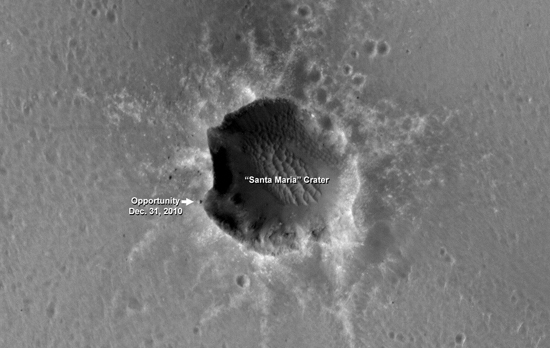Back in 1998 a peer-reviewed paper in the medical journal, Lancet, claimed that the childhood vaccinations for measles, mumps and rubella vaccine could be linked to autism and other health problems. The consequence was that thousands of parents withheld vaccinations from their children, resulting in an outburst of measles that almost certainly did actual harm to many children.
This paper has now been shown to be an outright fraud.
This story raises two thoughts. First, it demonstrates clearly that just because a research paper is published in a “peer-reviewed” science journal is no guarantee that the paper will be honest, reliable, or factually accurate. As good scientists like to say, “Extraordinary results require extraordinary evidence.” Both the press and public need to be constantly skeptical about all research, regardless of where it is published.
Secondly, the reaction of the journal, Lancet, to this whole affair suggests strongly that this particular journal is even more unreliable than most. To quote:
The Lancet withdrew the article in January of last year after concluding that “several elements” of the paper were incorrect. But the journal didn’t describe any of the discrepancies as fraud.
The journal’s reaction is similar to what we saw with the climategate emails, an effort to whitewash the situation while refusing to face the problem bluntly and fix it. If the article was as fraudulent as the Wall Street Journal article above suggests, it raises serious questions about the editorial policies at Lancet. That the editors there seem uninterested in addressing these concerns acts to discredit their publication entirely. And until they deal with this issue properly, I would look very skeptically on anything they publish.
(Note that this is not the first time Lancet has published research of questionable reliability. See this story for another example.)


